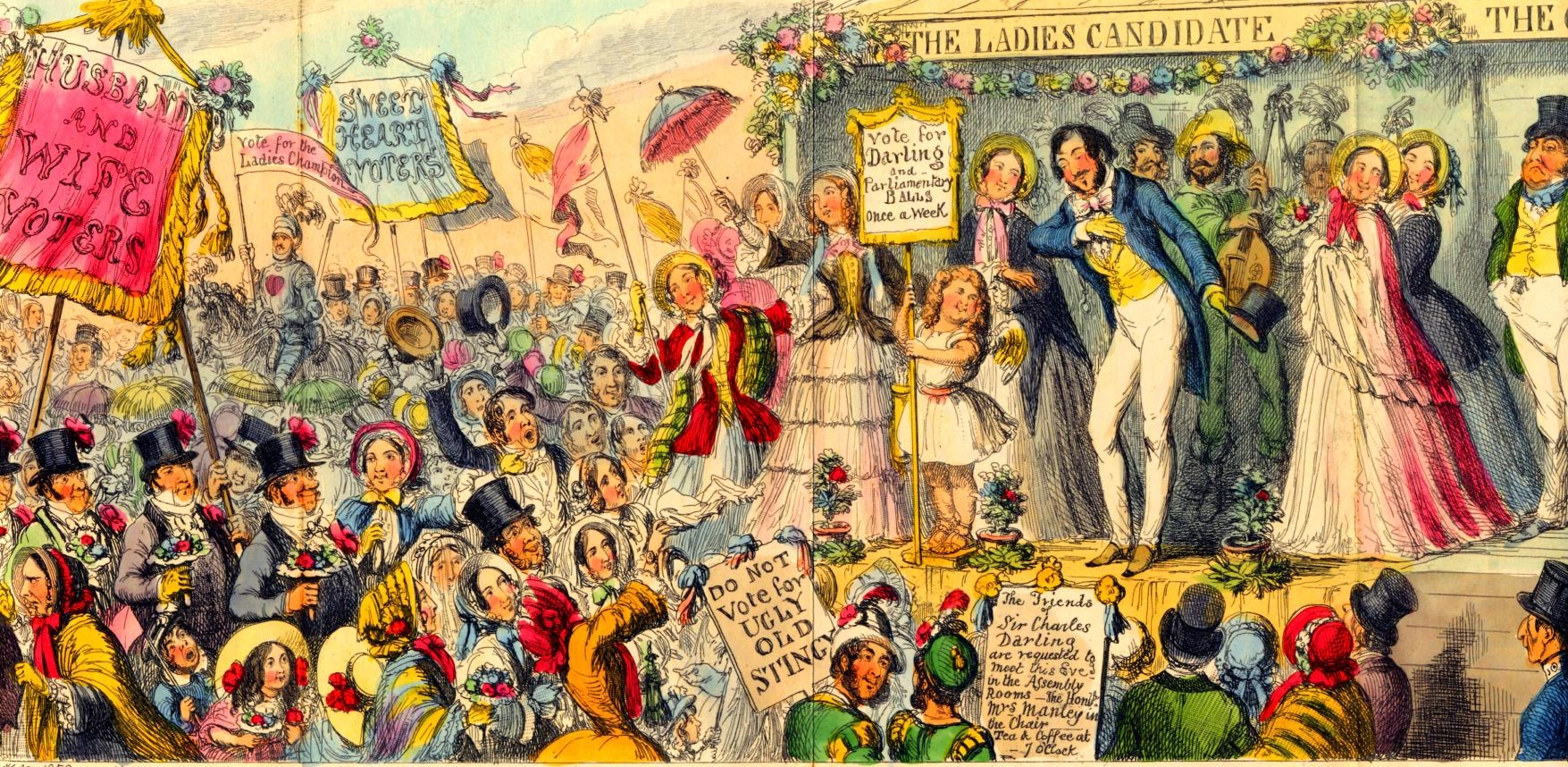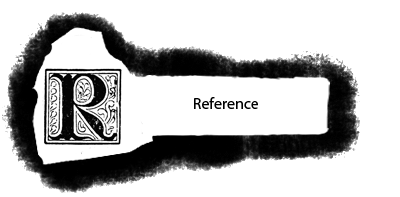
KS3 > Political Reform > Parliaments
In this section you will find information about the specific Reform Acts and how politics developed.
These cover some major periods of reform:
- The 1832 ‘Great’ Reform Act, passed by the 1830-32 Parliament(s): this changed which parts of the country sent MPs to Parliament. It removed the ‘rotten boroughs’ (like Old Sarum) and gave new industrial towns MPs. It also gave many middle class men the right to vote.
- The 1867 Second Reform Act, passed by the 1865-68 Parliament, and 1872 Ballot Act: the Second Reform Act gave more people the right to vote (including working-class men) and the Ballot Act introduced the secret ballot so nobody could tell who you had voted for
- The 1883 Corrupt Practices Act, the 1884 Third Reform Act and the 1885 Redistribution Act, which were all passed by the 1880-1885 Parliament. The Corrupt Practices Act helped to stop corruption at elections. The other two acts gave more working class people the vote and changed Constituencies so they all had about the same number of voters.
These changes took a long time to happen, and often after each act many MPs felt they had gone far enough! As well as giving more people the right to vote, they helped to change how politics worked in Britain.
At the start of this period, politics was very different than it is now. There were no strict party divisions, like between Labour and Conservative today. At this time politicians formed quite loose groups. The Tories tended to not want very much reform. They liked the old system: many were wealthy landowners and it supported their lives. The Whigs were also mostly wealthy, although some came from more industrial backgrounds. They tended to support some moderate political changes, but wanted them to take place slowly. Another smaller group of politicians, the radicals, tended to want much quicker reform.
 |
| A Victorian political cartoon |
As the nineteenth century went on and political changes were made, these groups changed. The Tories eventually became the Conservative party. They were more open to some reforms, and by the end of the period started to appeal more to the middle and even the working classes. The Whigs, radicals and some Tories merged in to the Liberal party. This party was generally more in favour of business and manufacturing. They introduced many different reforms. All the parties had to become better organised and appeal to a much wider group of people as more people were able to vote.
Click on the links below to read about the specific Reform Acts.
ENTER NOW!
WIN OUR ANNUAL COMPETITION!
The History of Parliament runs annual competitions in the spring and summer for 11-14 and 16-18 year olds. For information this year’s competition, and how you can enter,
please click here.






